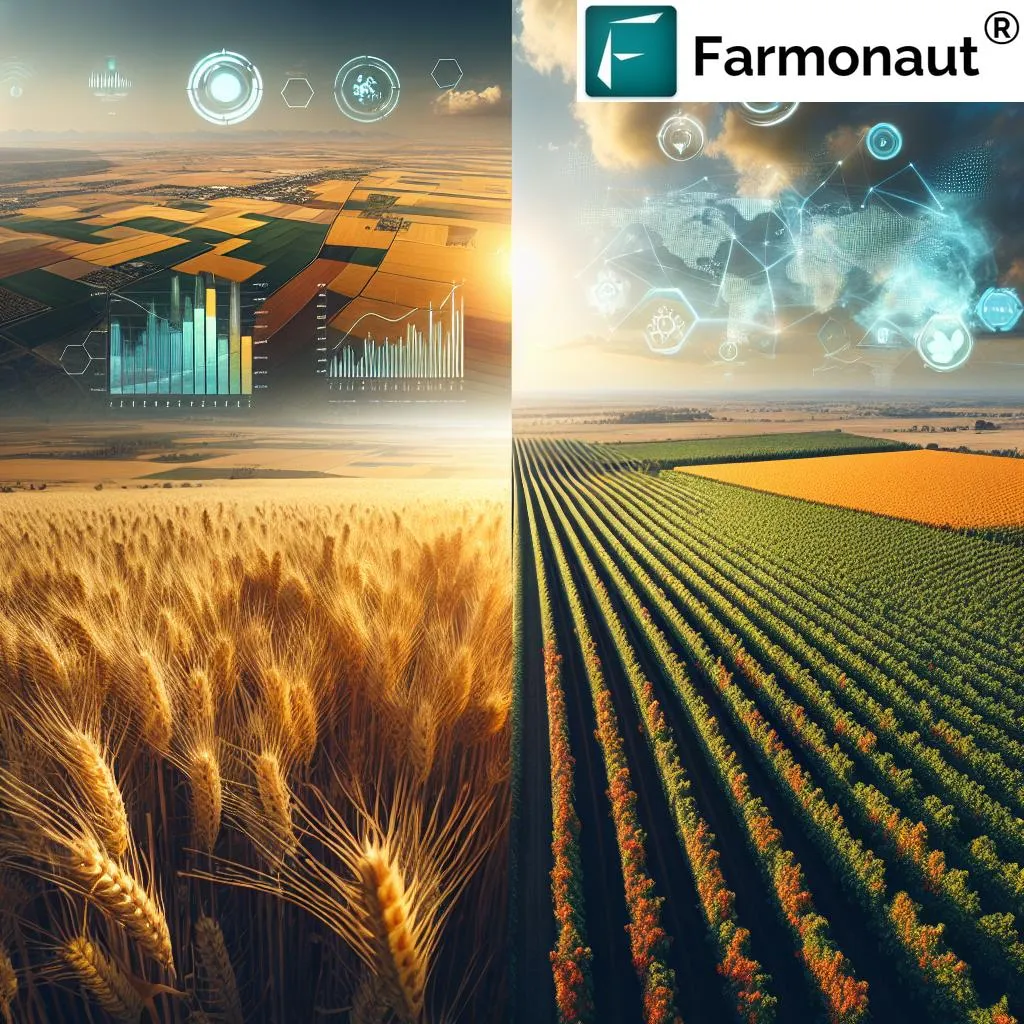In the sun-scorched landscapes of Tamil Nadu, where agriculture is a gamble between hope and drought, a new study offers a beacon of precision for farmers and water managers. Led by A. Saravanan from the United Nations University’s Institute for Integrated Management of Material Fluxes and of Resources (UNU-FLORES) in Dresden, Germany, the research evaluates eight high-resolution precipitation products, aiming to improve agro-hydrological studies in semi-arid regions.
The study, published in the journal ‘Hydrology and Earth System Sciences’ (or ‘Hydrology and Earth System Sciences’ in English), focuses on four districts: Coimbatore, Madurai, Tiruchirappalli, and Tuticorin. These areas, where both irrigated and rainfed agriculture prevail, lack long-term, spatially representative precipitation data—a crucial gap for managing the delicate balance between food production and water and soil management.
Saravanan and his team compared five remote-sensing-based precipitation products—TRMM, PERSIANN CDR, CMORPH, GPM-IMERG, and MSWEP—and three reanalysis-based products—NCEP2, ERA5-Land, and MERRA2—against station data. They evaluated the products at two spatial resolutions (grid and district-wise) and three temporal resolutions (daily, monthly, and yearly) for the period 2003–2014.
The results were revealing. “ERA5-Land was the best-performing precipitation product in Coimbatore, Madurai, and Tiruchirappalli, with MSWEP following closely behind,” Saravanan noted. “However, in Tuticorin, MSWEP outperformed the others.” On the other end of the spectrum, MERRA2 and NCEP2 performed the worst across all study regions, with higher root mean square error (RMSE) and lower correlation values.
The study also highlighted a significant underestimation of monthly monsoon precipitation by most products, except in Coimbatore. This underestimation, Saravanan explained, “highlights the need for a better algorithm for capturing convective precipitation events.” Additionally, the percent mean absolute error (%MAE) was higher in non-monsoon months, suggesting that product-based agro-hydrological modeling, such as irrigation scheduling for water-scarce periods, may be less reliable.
The ability of the precipitation products to capture extreme-precipitation intensity varied. MSWEP performed best in Coimbatore and Madurai, PERSIANN CDR in Tiruchirappalli, and ERA5-Land in Tuticorin. These findings offer crucial guidance for managing water resources in agricultural areas, particularly in regions with scarce precipitation data.
The implications for the energy sector are substantial. Accurate precipitation data is vital for hydropower generation, which relies on consistent water flow. Moreover, agriculture’s water demands impact energy consumption, particularly in regions where groundwater pumping is energy-intensive. By improving the accuracy of precipitation products, this research can enhance water management strategies, ultimately benefiting the energy sector.
Looking ahead, this study paves the way for future developments in agro-hydrological research. As Saravanan put it, “Our findings can help select suitable precipitation products and bias correction methods, ensuring more reliable agro-hydrological modeling.” This, in turn, can lead to more sustainable water management practices, better agricultural yields, and more efficient energy use.
In the semi-arid tropics of Tamil Nadu, where every drop of water counts, this research is not just about numbers and algorithms—it’s about shaping a more resilient future for farmers, water managers, and the energy sector alike.

